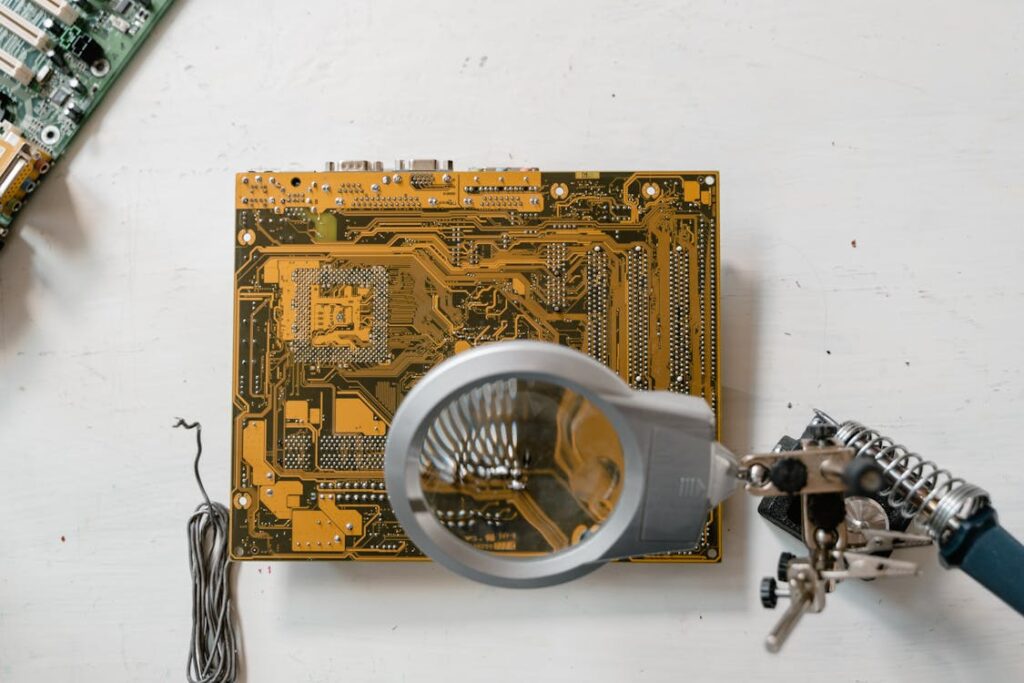The transition to Apple Silicon chips, including the powerful M1 and M2 processors, has brought many advancements in performance, energy efficiency, and overall computing power. However, with this change, some software, like Firestorm, which is used in various 3D rendering and virtual world applications, may not natively support Apple’s ARM-based architecture. This is where an emulator comes in. In this article, we will explore the need for an emulator to run Firestorm on Apple Silicon, different emulator options, installation tips, and troubleshooting strategies.
Why Do You Need an Emulator for Firestorm?
Firestorm is a popular viewer for virtual worlds like Second Life and OpenSim, which were originally designed to run on x86 architecture. Apple’s shift from Intel (x86) chips to its custom ARM-based chips has caused compatibility issues for software like Firestorm. This means Firestorm won’t run natively on Apple Silicon without help. That’s where an emulator steps in.
An emulator replicates an x86 environment on ARM chips, allowing Firestorm to run smoothly on devices powered by Apple Silicon, like the MacBook Air or MacBook Pro. Without this bridge, users would be unable to experience the high-quality visuals and performance Firestorm is known for.
How Does Rosetta 2 Help with Firestorm?
One of Apple’s solutions to the compatibility problem is Rosetta 2, a dynamic binary translator that converts Intel-based applications to work on Apple Silicon. While Rosetta 2 does not emulate the entire x86 architecture, it translates instructions for individual apps, including Firestorm. This enables the viewer to run on Apple’s ARM chips without users needing to manually install an emulator.
However, Rosetta 2 isn’t always the most efficient solution, and some users may encounter performance issues or bugs. That’s why some prefer dedicated emulators designed for running software like Firestorm, which can provide smoother performance.
Choosing the Right Emulator for Firestorm
When it comes to emulating Firestorm on an Apple Silicon chip, you have a few solid options. Each of these has its pros and cons, depending on your needs and budget.
UTM – Free and Effective
UTM is a free and open-source emulator for macOS that allows you to run x86-based applications on Apple Silicon. It uses Apple’s Hypervisor framework and QEMU for virtualization, making it an effective and reliable choice for Firestorm users. While not as fast as premium solutions, UTM is highly customizable and a great option for users looking for a budget-friendly alternative.
Parallels Desktop – Premium Option
Parallels Desktop is one of the most popular emulation tools for macOS. It provides high performance and seamless integration with macOS. Parallels allows you to run Windows applications directly on your Mac, and with its ARM support, it can handle Firestorm effortlessly. However, it comes at a premium price, which may not be suitable for all users.
CrossOver – No Windows Required
CrossOver offers a unique advantage—it doesn’t require a full Windows installation to run Windows apps. Instead, it translates Windows commands into macOS-compatible ones. For Firestorm users who want to avoid the overhead of installing Windows, CrossOver is a light, efficient option. However, its compatibility can be hit or miss, depending on the version of Firestorm you’re using.
How to Install an Emulator for Firestorm
Installing an emulator for Firestorm on an Apple Silicon chip is relatively straightforward. Here’s a step-by-step guide:
- Choose an Emulator: Select between UTM, Parallels Desktop, or CrossOver based on your needs.
- Download the Emulator: Visit the official site of the emulator to download the latest version.
- Install the Emulator: Follow the instructions for installing it on your Mac. This typically involves dragging the app into the Applications folder.
- Set Up Windows or Virtual Machine (if required): For Parallels, you’ll need to install a version of Windows. For UTM and CrossOver, follow the setup instructions to configure the environment.
- Install Firestorm: Once the emulator is running, download the Firestorm viewer from its official site and install it within the virtual environment.
Tips for Better Performance
Running Firestorm through an emulator can put additional strain on your system. Here are some tips to ensure you get the best possible performance:
- Allocate Sufficient Resources: Make sure your emulator has enough RAM and CPU cores allocated to handle the Firestorm viewer. This can significantly improve performance.
- Close Unnecessary Applications: Running other apps while using Firestorm can slow things down. Close any programs that aren’t essential to free up system resources.
- Adjust Graphics Settings: Lower the graphics settings within Firestorm to prevent lag and improve rendering times.
Troubleshooting Common Issues with Firestorm Emulation
Running Firestorm through an emulator isn’t always smooth sailing. Here are some common issues and how to troubleshoot them.
Check System Resources
If Firestorm is lagging or crashing, it could be because your Mac isn’t allocating enough resources to the emulator. Make sure you’ve given enough memory and CPU power to the emulator in its settings.
Optimize Graphics Settings
High graphics settings in Firestorm can be too demanding for some emulators. Try reducing the resolution or turning off advanced features like shadows and reflections.
Keep Everything Updated
Outdated emulators or Firestorm versions can cause compatibility issues. Always ensure you’re using the latest versions of both to avoid crashes or performance lags.
The Future of Firestorm on Apple Silicon
As Apple continues to refine its Silicon chips and software developers update their applications, the need for emulators may gradually decrease. Future versions of Firestorm could offer native support for Apple Silicon, eliminating the need for emulation entirely. Until then, emulators remain the best option for users who want to experience Firestorm on their Apple Silicon Macs.
Conclusion
Running Firestorm on Apple Silicon devices is possible thanks to emulators like UTM, Parallels Desktop, and CrossOver, along with Apple’s Rosetta 2. Each solution has its advantages, whether you’re looking for a free, premium, or no-Windows-required option. With proper installation, resource management, and troubleshooting, you can enjoy a smooth Firestorm experience on your Mac.
FAQs
1. What is the best emulator for Firestorm on Apple Silicon?
The best emulator depends on your needs. UTM is great for those on a budget, while Parallels Desktop offers high performance at a premium. CrossOver provides a middle ground with no need for Windows installation.
2. Can I run Firestorm natively on Apple Silicon?
Currently, Firestorm does not natively support Apple Silicon, but emulators like UTM and Parallels or Apple’s Rosetta 2 can bridge the gap.
3. Why is Firestorm lagging on my Mac?
Lagging can occur if you haven’t allocated enough system resources to your emulator or if your Firestorm graphics settings are too high. Try optimizing both for better performance.
4. Do I need to install Windows to run Firestorm on Apple Silicon?
Not necessarily. With CrossOver, you can run Firestorm without needing a full Windows installation.5. Will Firestorm support Apple Silicon in the future?
As of now, Firestorm requires an emulator to run on Apple Silicon, but native support may be introduced in future updates.



